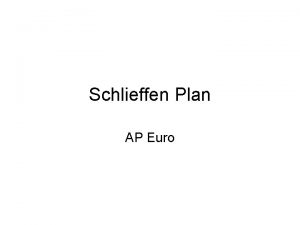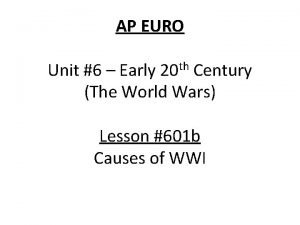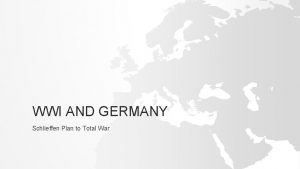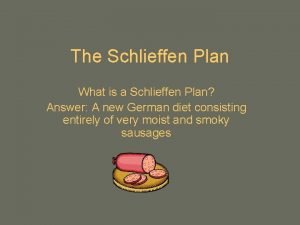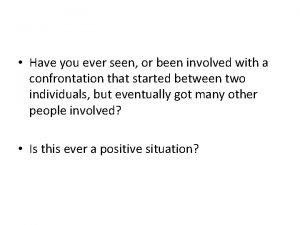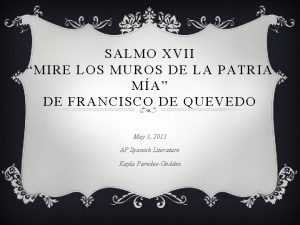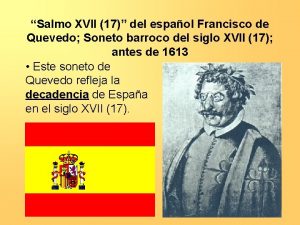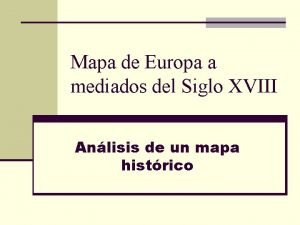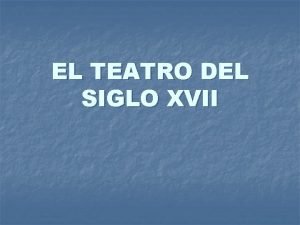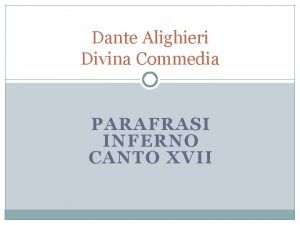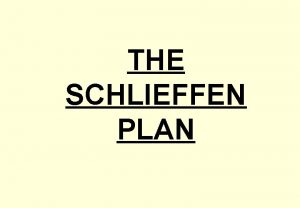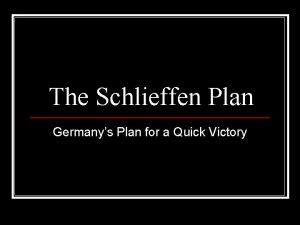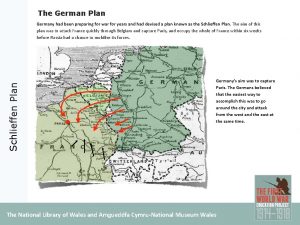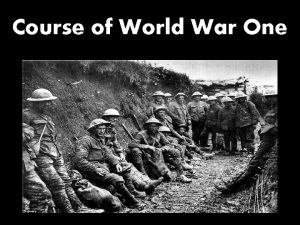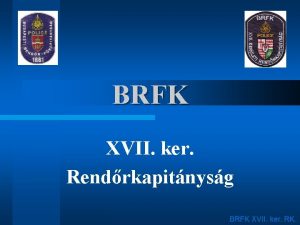Schlieffen Plan AP Euro What was Plan XVII










- Slides: 10

Schlieffen Plan AP Euro

What was Plan XVII? • French plan to tie up German forces in the north so as to leave room for French forces to move eastward toward Berlin

Plan XVII of France

• The French, never able to dispel the humiliating defeat of 1871, put first and foremost in their plan the retaking of the lost provinces of Alsace-Lorraine. The plan was based on the "School of Attack". The plan was adopted by the General Staff in 1913 and further developed by Joffre right up to the summer of 1914.

Elan • Plan XVII was based on the notion of elan, the utter spirit to win. To best understand this notion, let's look at some of the catch phrases from the day: • "The will to conquer is the first condition of victory. " • "Offensive to the maximum!" • "Offensive without hesitation!" • "The offensive alone leads to positive results. "

The flaw of Plan XVII • The plan, which was full of flaws, had one major flaw in particular - it massed the French army to the south, away from where the brunt of the German attack would come. It couldn't have been worse for the French or better for the Germans.


• This plan, named for it's originator, Count Alfred von Schlieffen, was a reaction to the German notion of encirclement. Any war for Germany would be a two front war. This plan would ensure a quick, 42 days to be exact, victory over France before their ally, Russia, could complete its mobilization. This would allow the German army to then concentrate all forces to the east in order to crush their second enemy, Russia. Four armies, one million men, would comprise the arc. The path of which was characterized by its creator: "Let the last man on the right brush the channel with his sleeve. " The weak part of this plan was the intentional violation of Belgian neutrality. Both Germany and Britain were among the signers of the 1839 treaty ensuring this neutrality. Bismarck warned that this violation would be folly in that it would drag Britain into the conflict. The map above shows the planned arc towards the Channel. The darker arrows show the actual path of invasion. Moltke did not heed Schlieffen's dying words: "Keep the right wing strong!"

• Quickly knock out France so as to concentrate all forces on defeating the slowly mobilizing Russian army. • In doing so, the Germans would bypass the eastern defenses of France by going through Belgium so as to swing around Paris and encircle the French armies in a giant pincer move. • Going through Belgium would be a violation of Belgium’s neutrality which was guaranteed by Britain. Great Britain would thus be brought into the war but Germany did not think so (p. 969)

Why is the Schlieffen Plan significant? • it broadened the war to include France and Britain
